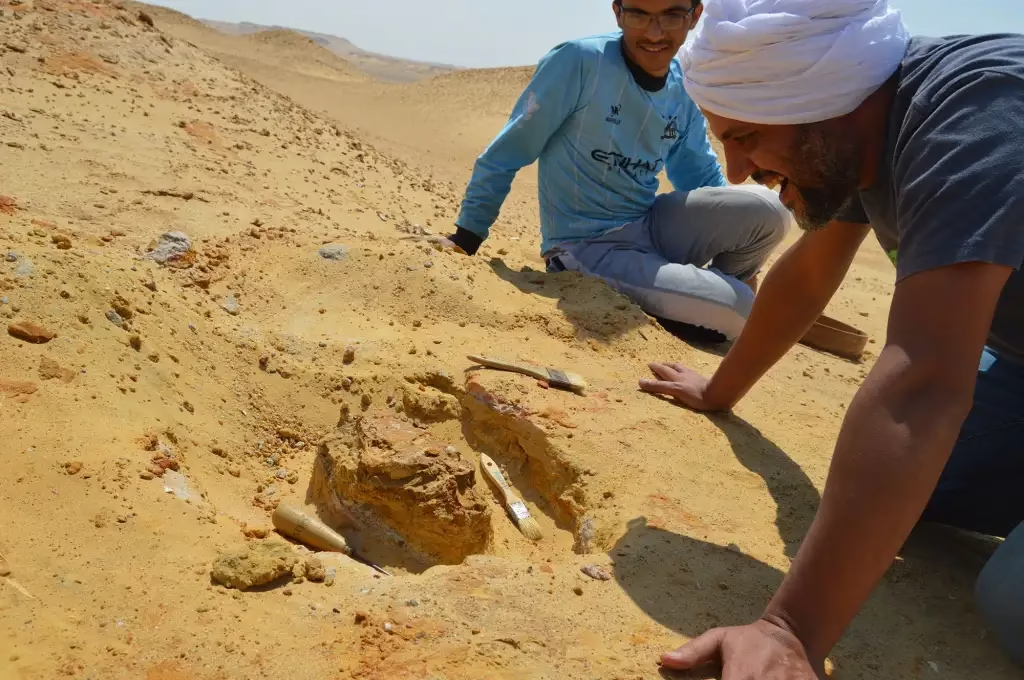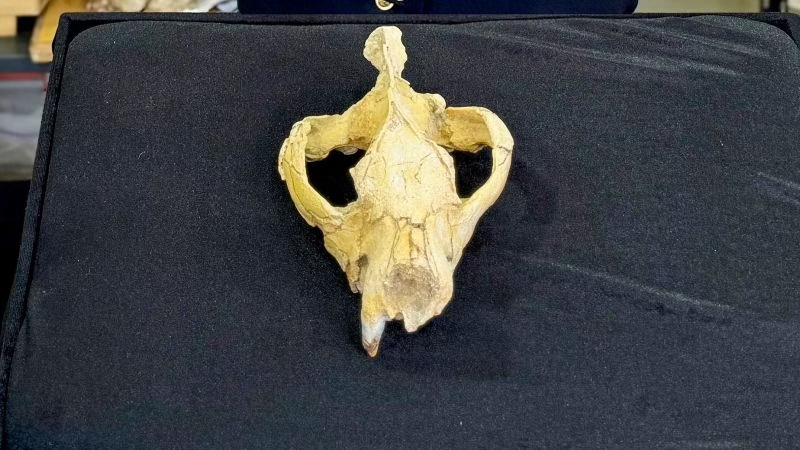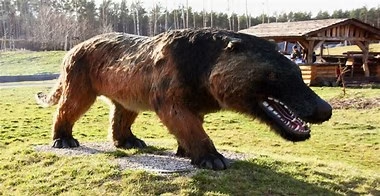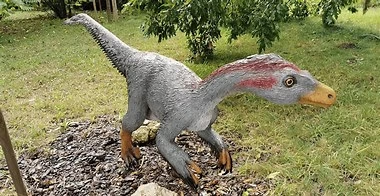a rare fossil of mighty predator that once ruled the world is found, what does it reveal?

A recent fossil discovery in Egypt is shedding light on an ancient predator that once ruled the food chain. Known as hyaenodonts, these prehistoric carnivores, with their sharp, cat-like teeth and dog-like bodies, were once the fiercest creatures on Earth. However, around 25 million years ago, they mysteriously disappeared, and researchers are still unraveling the cause of their extinction.
The Fascinating Discovery
An international team of paleontologists has made a groundbreaking discovery: a nearly complete skull of a previously unknown hyaenodont species. The skull was unearthed in the Fayum Depression of Egypt’s Western Desert, an area rich in fossils from the early Oligocene Epoch, approximately 30 million years ago. This skull, one of the most complete of its kind found in Africa, gives scientists a rare and valuable look into the past of these fierce creatures.

The fossil was found in 2020, and the team’s excitement was palpable when they realized the significance of their find. Lead researcher Shorouq Al-Ashqar, a doctoral student at Mansoura University, recalled the moment of discovery, describing it as “amazing.” According to Al-Ashqar, the skull provides new insights into the traits of the extinct hyaenodonts, helping scientists piece together more about these predators’ evolutionary history.
The Bastetodon: A New Species
The newly discovered species has been named Bastetodon syrtos, after the ancient Egyptian goddess Bastet, who is depicted with a cat’s head. This naming honors the unique features of the creature, including its shorter snout, which sets it apart from other hyaenodonts. Along with its sharp, knife-like teeth, the shorter snout would have given Bastetodon a particularly powerful bite.
Al-Ashqar and her team confidently claim that Bastetodon was likely the apex predator of its time in the ancient Egyptian forest. “We can frankly say that Bastetodon was the king of the ancient Egyptian forest,” Al-Ashqar stated, underscoring the animal’s formidable presence in its environment.

Hyaenodonts: Ancient Apex Carnivores
The hyaenodonts were a diverse group of carnivores found across North America, Europe, Asia, and Africa. Some were the size of rhinos, while others were small like weasels. During the fossil Oligocene period, the Fayum Depression was a lush, tropical rainforest, making it an ideal habitat for Bastetodon to prey on primates such as Aegyptopithecus, an ancient relative of humans, as well as early hippos and elephants.
Dr. Matthew Borths, one of the study’s co-authors, compared these ancient carnivores to modern-day “beefy wolverines” or “pitbulls,” with large heads covered in muscle. These beasts were undoubtedly strong, and their powerful jaws made them top-tier predators.

The Importance of the Skull
It’s rare to find fossils of ancient carnivores since there are fewer of these predators in ecosystems than herbivores. When carnivores do appear in the fossil record, it’s often only teeth or fragments of skulls. Therefore, discovering a nearly complete skull of a hyaenodont is an extraordinary find.
This fossil will help researchers learn important details about the animal’s muscle structure, the strength of its bite, and even the size of its brain. Additionally, comparing the skull of Bastetodon with those of other hyaenodonts, like Sekhmetops, has helped scientists determine that these species shared a common lineage, all originating from Africa.
Climate Change and Faunal Turnover
The extinction of the hyaenodonts coincided with a global cooling event at the Eocene-Oligocene boundary, about 34 million years ago. This climate change caused mass extinctions and faunal turnover, resulting in new species replacing the old. In the case of hyaenodonts, the arrival of the ancestors of modern cats, dogs, and hyenas contributed to their eventual decline.

Paleontologists like Dr. Cathrin Pfaff are still trying to figure out why hyaenodonts couldn’t adapt to this new world, despite their earlier success. Some believe their specialized teeth may have been a disadvantage, preventing them from competing effectively with the more versatile carnivores that followed.
A Step Toward Understanding Extinction
The discovery of the Bastetodon skull provides an important piece of the puzzle. Researchers hope that by studying these ancient predators, they can better understand the factors that led to the hyaenodonts’ extinction. Climate change, competition from new predators, and shifting ecosystems all played a role in their decline.
As Dr. Borths put it, “Filling in the gaps of the fossil record helps us understand how much adaptation and pressure from the environment a lineage can handle.” This new discovery brings us one step closer to understanding not just the extinction of the hyaenodonts, but the broader dynamics of evolutionary change that shaped the world’s ecosystems.
In the end, the Bastetodon serves as a reminder of the ever-changing nature of life on Earth, where even the fiercest predators can eventually fade into history.






